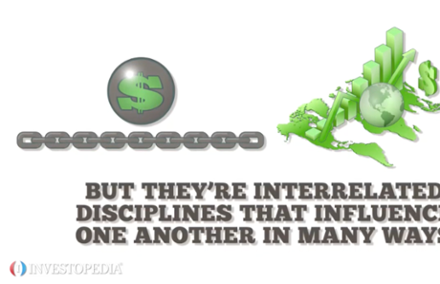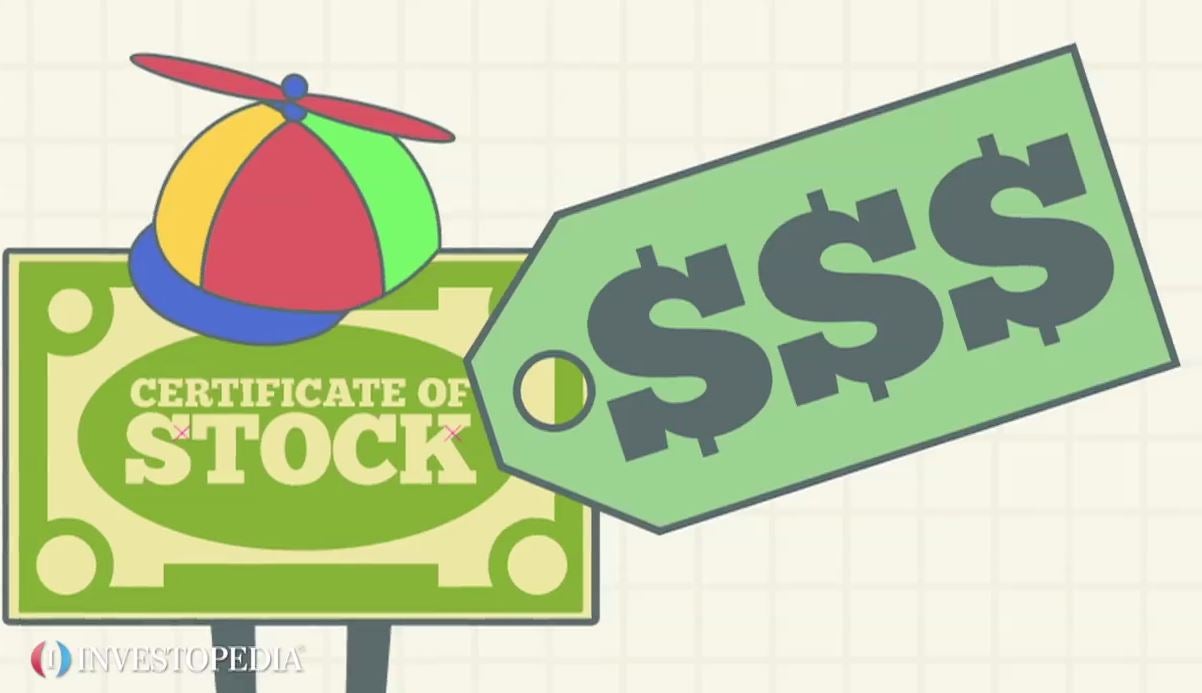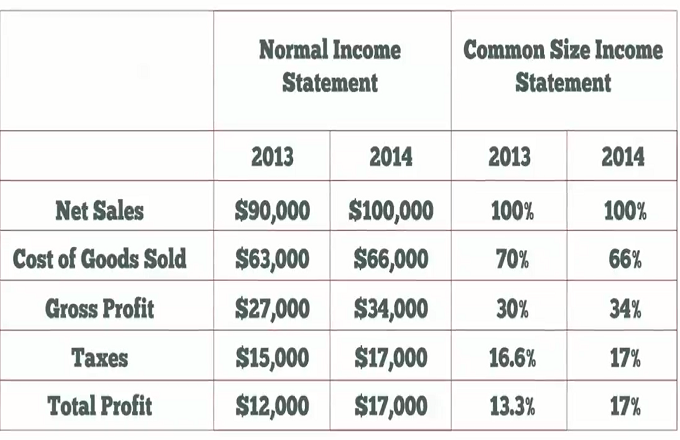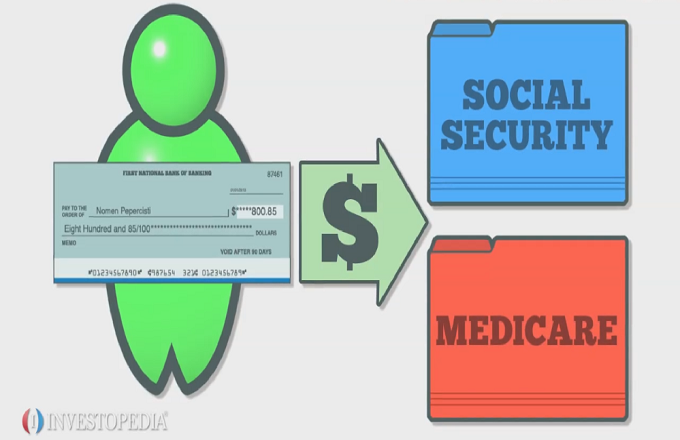Many of today’s democracies operate under a mixed economic system, which combines aspects of capitalism and socialism. A mixed economy is designed to drive economic activity through capitalist ventures, while money is collected via taxation to maintain a nation’s infrastructure and offer public services, such as primary education, social welfare policies and health insurance.The belief is that government intervention can ensure fair market competition, and humane labor standards, and offer economic safety nets for businesses and individuals, such as subsidies and minimum wage laws. Capitalism in its purest form has peaks and valleys, which can lead to financial crises, such as mass unemployment and economic depressions. Governments in mixed economies introduce fiscal or monetary policies that are intended to stimulate economic activity during economic downturns. Some examples include government work programs, quantitative easing and corporate bailouts. Essentially, mixed economies encourage the private sector to seek profits, but monitor profit levels, and redistribute wealth in order to promote social objectives that maintain an agreeable standard of living for its citizens. Pure capitalism dictates that the law of supply and demand sets the prices for goods and services. Pure Socialism fixes the prices through central planning. A standard mixed economy, however, allows for prices in some sectors to fluctuate with supply and demand, while it fixes prices in sectors such as energy. The term “Mixed Economy” has been applied to a variety of nations with a hybrid system of socialist and capitalist policies. The Mixed Economy label has been applied to Western Democracies such as the United States, Canada and various Western European nations, as well as Nordic Social Democracies, which have high taxation and greater wealth redistribution for social aims; even a Communist nation like Cuba is considered to have a mixed economy by some economists.





